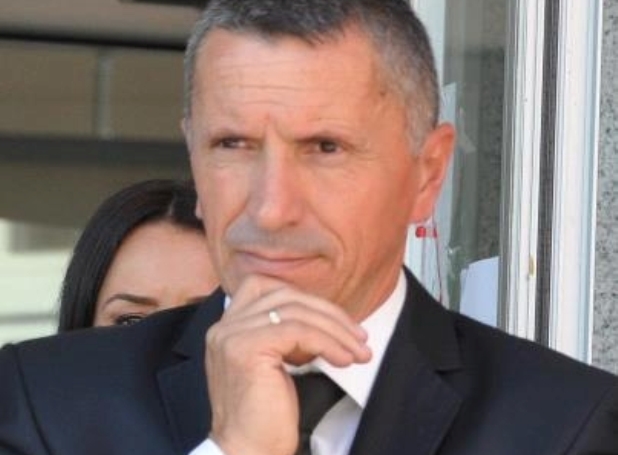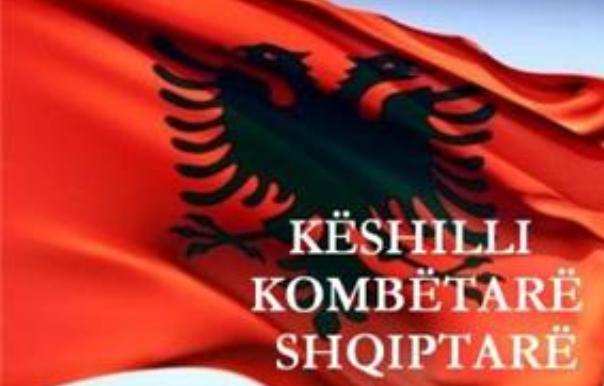In an unofficial referendum 1992, an overwhelming majority of ethnic Albanians in the Presevo Valley expressed their desire to join Kosovo.
By often referring to region as “East Kosovo”, Albanian politicians draw an implicit link between Serb-inhabited territory north of the River Ibar in Kosovo and the future of southern Serbia. As such, the de facto partitioning of Kosovo could encourage Kosovo Albanians and ethnic Albanians in Southern Serbia to seek “the unification of the Presevo Valley with Kosovo”.
Presevo, 5 oct. 2011 /AIK-Preseheva Jonë
 According to the 2002 census, the population of Presevo is 89.09% Albanian and 8.55% Serb, Bujanovac is 54.69% Albanian, 34.14% Serb and 8.93% Roma, whilst Medvedja is 26.17% Albanian and 66.57% Serb. Whilst significant progress has been made in stablishing multi-ethnic local governments, forming joint Albanian-Serb police patrols and reducing the number of human rights abuses, more needs to be done to better integrate Albanians into public institutions and the judiciary and to reform the education system.
According to the 2002 census, the population of Presevo is 89.09% Albanian and 8.55% Serb, Bujanovac is 54.69% Albanian, 34.14% Serb and 8.93% Roma, whilst Medvedja is 26.17% Albanian and 66.57% Serb. Whilst significant progress has been made in stablishing multi-ethnic local governments, forming joint Albanian-Serb police patrols and reducing the number of human rights abuses, more needs to be done to better integrate Albanians into public institutions and the judiciary and to reform the education system.
One of the biggest problems facing the Valley is massive unemployment, estimated at around 60% in Presevo and 42% in Bujanovac; though these estimates are clouded by the existence of a large informal sector and idle socially-owned enterprises in which many are still listed as being employed. Instability in the valley and poor infrastructure has discouraged investment, though sources of optimism exist with the construction of a new customs zone at the border crossing with Macedonia inside Presevo municipality and the eventual completion of Serbia’s stretch of the Corridor 10 motorway that connects Thessaloniki to Belgrade.
The region has, however, since the end of the insurgency, been largely dependent upon donor support, which provided 45% of the total investment in both Bujanovac and Presevo between 2000-2005, as well as 17% in Medvedja, but which have been in decline ever since. Investment by the Serbian government, meanwhile, has tended to favour Serb-majority municipality, with Bujanovac receiving €36 per capita, Presevo €91 and Medvedja €199 in 2006-2007. Decades of institutionalised discrimination are now creating reverse discrimination, whilst persistent population outflows continue to impact the region. Both Presevo and Bujanovac rely on the remittances of guest workers.
Unlike Bosniaks, Hungarians and Croats, Albanians in the Presevo Valley have not pursued their constitutional right to form national councils and politicians remain divided over the extent of their co-operation with Serbian institutions. The new rules permitting minority parties to avoid the five per cent threshold in parliamentary elections has, however, facilitated the participation of Albanian politicians at the national level.
Whilst there have been no major incidents in recent years, the de facto partitioning of Kosovo could have severe ramifications for politics throughout the region. In January 2006, Albanian assembly members reached consensus on the issue of greater territorial autonomy for Albanians in southern Serbia. By often referring to region as “East Kosovo”, Albanian politicians draw an implicit link between Serb-inhabited territory north of the River Ibar in Kosovo and the future of southern Serbia. As such, the de facto partitioning of Kosovo could encourage Kosovo Albanians and ethnic Albanians in Southern Serbia to seek “the unification of the Presevo Valley with Kosovo”.
The plight of Kosovo Serbs, particularly those living in enclaves south of the River Ibar, has direct and indirect implications for Albanians living in Southern Serbia. Any instability in southern Serbia could have damaging spill-over effects not only in Kosovo, but also in the Former Yugoslav Republic of Macedonia – as was the case during the 2001 crisis and the September 2003 clashes in the northern Macedonian town of Vaksince – further heightening inter-ethnic tension and putting greater pressure of the Ohrid Agreement that ended the Albanian insurgency. ”
In an unofficial referendum 1992, an overwhelming majority of ethnic Albanians in the Presevo Valley expressed their desire to join Kosovo. Following the 1999 conflict in Kosovo, the Liberation Army of Presevo, Medvedja and Bujanovac (UCPMB), with support from Kosovo Liberation Army (UCK), attacked police and army units. The Konculj Agreement of May 2001, engineered by the international community with NATO’s mediation, ended a 17-month armed insurgency by ethnic Albanians in which 100 people were killed and 12,500 Albanians fled. The terms of the Agreement included a pledge by the UCPMB to “demilitarise, demobilise, disarm and disband” in return for guarantees that their fighters would be amnestied, refugees allowed to return, a multi-ethnic police force formed and Albanians integrated into public institutions.
Since then, the Presevo Valley has been governed under the “Covic Plan”, whose four pillars seek to 1) eliminate threats to “state sovereignty” and “territorial integrity”; 2) provide security, freedom of movement and the right to return to the Presevo Valley; 3) develop a “multiethnic and multi-confessional society”; and 4) support economic and social development.
The credibility of the Co-ordination Board, established to oversee implementation of the plan for an initial three-year period, has, however, been undermined by regular Albanian boycotts and a failure to deliver in specified areas. The establishment of functional institutional mechanisms to contend with Albanian grievances, such as those concerning education reform and the interior ministry’s paramilitary gendarmerie special units (despite the success of the multi-ethnic police force; an OSCE-led effort), remains imperative, particularly as donor interest continues to wain and Belgrade pushes to transfer the CB’s competencies to government institutions.















